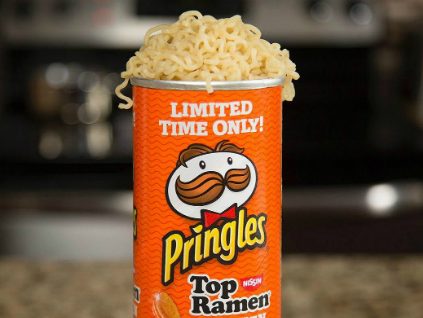Potato Chips vs Potato Crisps Is Not Just A Linguistic Debate… It’s Also A Nutritional One
 Thirsty for JUICE content? Quench your cravings on our Instagram, TikTok and WhatsApp
Thirsty for JUICE content? Quench your cravings on our Instagram, TikTok and WhatsApp
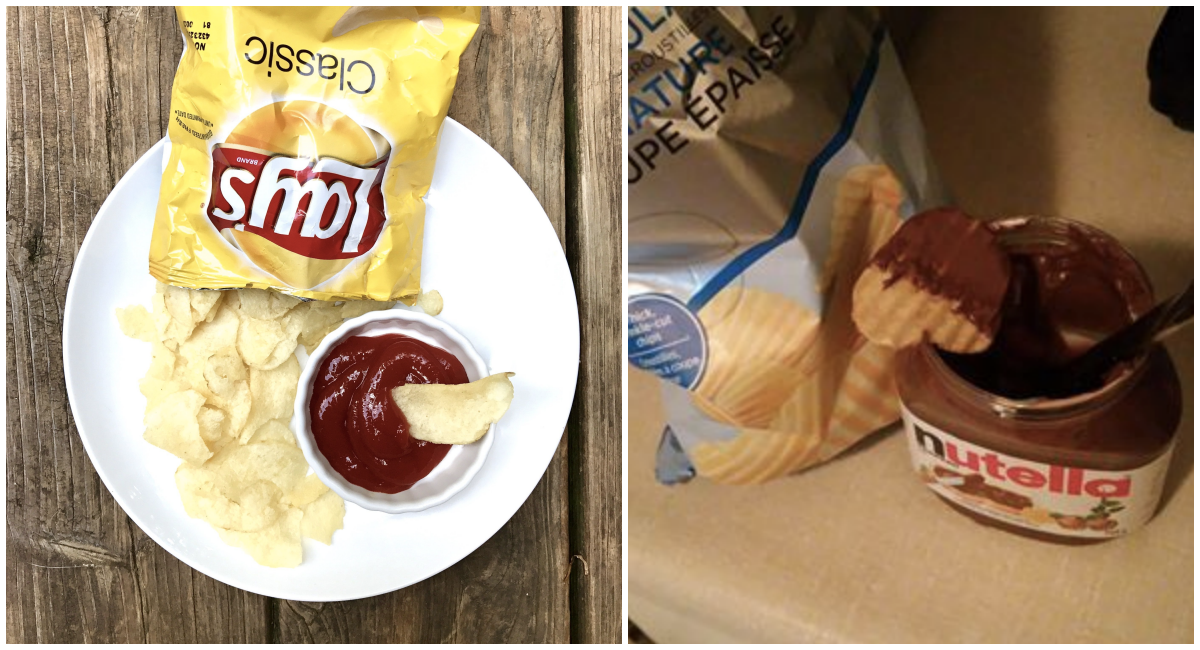
It’s safe to say that every Malaysian walks into the grocery store and grabs a bag of potato chips once in a while. With aisles lined with different brands in a variety of packagings and flavours, its safe to say there has never been a shortage of potato chips in our local stores unlike toilet rolls during the start of the pandemic.
Before we dive into the effects of potato chips vs potato crisps, let’s distinguish the difference between the two and why it matters.
While most people who have travelled abroad are all too familiar with the frustration of ordering chips in the U.K. and getting fries instead, the chips vs crisps argument isn’t just limited to linguistics and colloquialism.
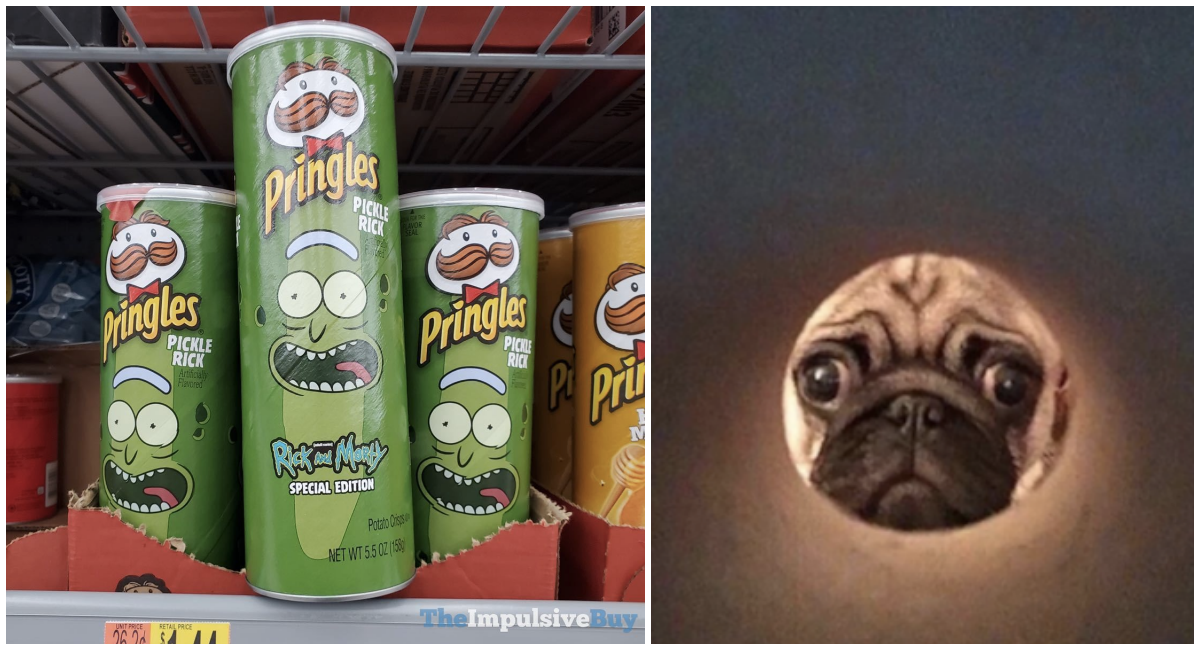
The distinction between the two first came when potato chip giant Pringles was flagged by the FDA for not using real potatoes in their chips.
Instead, they used something called “dehydrated processed potato” which is technically not a real potato. Because of that, the company was forced to switch their packaging and marketing tactics. They then started using the term “crisps” in an attempt to escape FDA regulations.

Pringles even took the issue to court but they lost since “crisps” is a widely-known term in Europe for potato chips, therefore, they couldn’t really coin the term.
Pringles also tried to avoid the Value Added Tax which is applied to all snacks made from potato or potato derivatives. Arguing that they only had 42% of potato in their product, which they stated isn’t enough to be considered a potato snack, Pringles brought this issue to court. They lost and had to cough up USD160 million in taxes.
Ultimately, the whole debate didn’t really reach other parts of the world (like Malaysia) and we just call everything potato chips here regardless of the content.
Now you might be wondering, why does it matter? Well, in one instance, you’re eating real potato chips cut from fresh potatoes and in the other, you’re just eating potato dust/powder. So, I’d say that’s a big difference. Let’s explore this further…
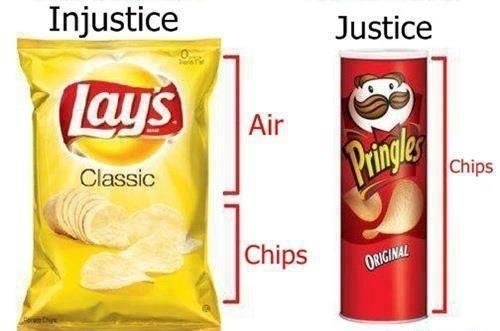
Usually real potato chips come in nitrogen filled bags since they’re not cut in uniform shapes.
For crisps, they usually come in cans like Pringles since its much easier to mould when made with potato powder.
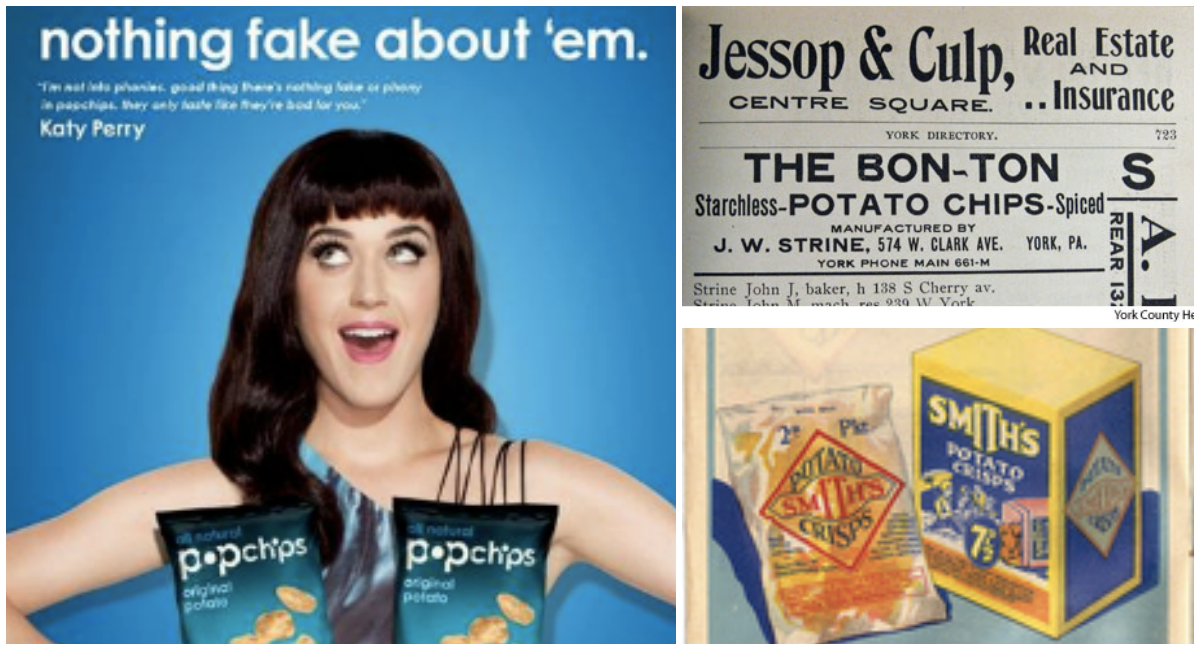
Due to the whole controversy surrounding “fake” potato chips and crisps, advertising companies started pushing ads in order to combat the misconception.
From typical ads that only promoted the name of the brand without any pictures, to influencer marketing and sexual innuendos, the whole debacle caused a shift in the way fast food is marketed to consumers.
So, what the hell is the point of this article?

Well, due to false advertising and shady labels on our potato chips/crisps, many Malaysians, as well as citizens from other third world countries, are unaware of what we’re consuming. The saturation of unhealthy snacks in Malaysia has evidently led to the malnutrition of children.
Children living in the bustling city of Kuala Lumpur abundant with high-rise apartments and flats, as well as children living in rural areas, are victims of poverty and malnutrition. According to a research done by United Nations Children’s Fund (UNICEF),
“Despite a national poverty rate of less than one per cent, compared with India’s poverty rate of 20 per cent, the children in these low-cost flats face high rates of malnutrition and poverty, with 99.7 per cent living in relative poverty and seven per cent in absolute poverty.”
There seems to be a huge division between the privileged and underprivileged that can be seen by the high obesity rates and even higher malnutrition rates in Malaysian children of the latter group. What this means is that some underprivileged children are overfed whilst others are significantly underfed.

UNICEF’s Urban Child Poverty Report in 2018 showed 1 in 5 Malaysian children are stunted and that they fared worse than kids in Ghana in the area of stunting, despite Malaysia having a better GDP per capita.
Furthermore, the National Health and Morbidity Survey 2016 found that 28 percent of children aged twelve to twenty-three months in Putrajaya suffer from stunting or less than normal height growth and this is just two percent away from being called a health emergency by the World Health Organisation (WHO).
It’s good to note right now, that our neighbours to the south, Singapore is looking to ban artificial trans fats as an ingredient next year, which would affect the majority of brands selling potato crips, 3-in-1 coffee mixes, and instant noodles in the country.
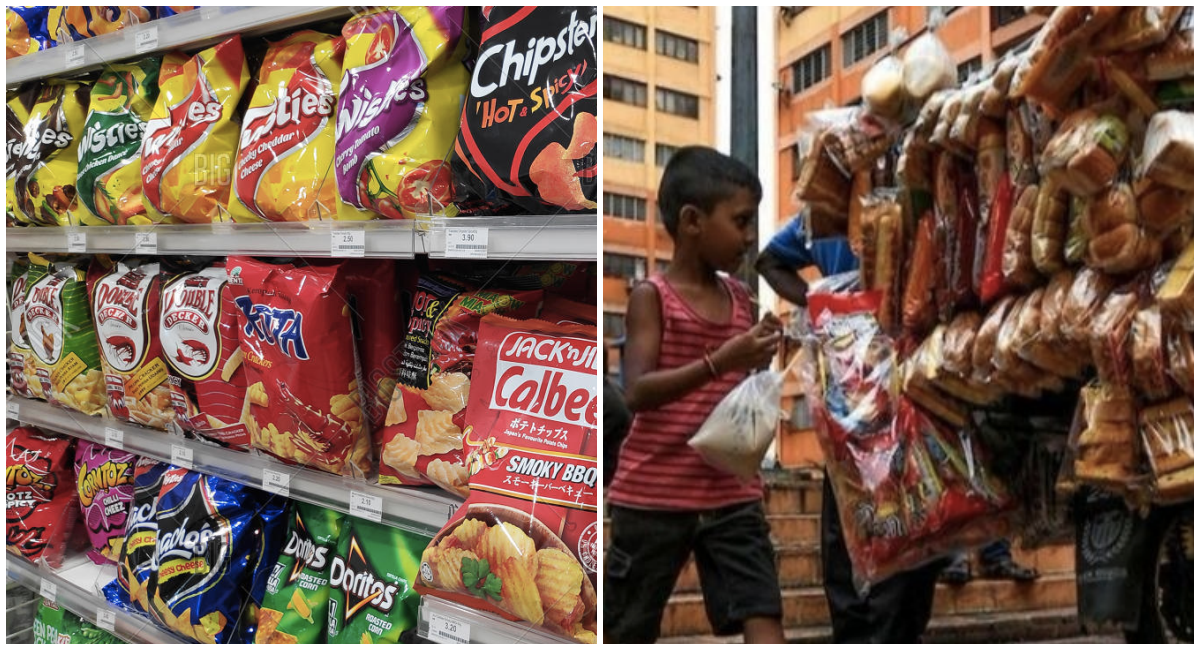
Because potato chips are cheap and very accessible to children of young ages, they tend to satiate themselves with those instead of a real meal or fruits and vegetables. With high fat and salt content, children are essentially gearing up for a myriad of life-threatening illnesses at a young age.
The whole chips vs crisps debate comes in handy because crisps are the slightly (and I do mean slightly) healthier alternative as compared to chips – surprisingly, because of the fat percentage, the fake potato (crisps) wins, but then again both of chips and crisps are packed full of artificial ingredients.
Of course, these snacks are fine to consume once in a while but for children to have access to them all the time, it will inevitably cause severe health issues for them in the future.

So, now that you know way too much about potatoes and potato snacks, you can potentially use this information as a quirky ice-breaker at your next party which is likely to have more than one type of potato chips/crisps… that’s if you’re not a… *hold for dramatic effect* couch potato!


 Get Audio+
Get Audio+ Hot FM
Hot FM Kool 101
Kool 101 Eight FM
Eight FM Fly FM
Fly FM Molek FM
Molek FM